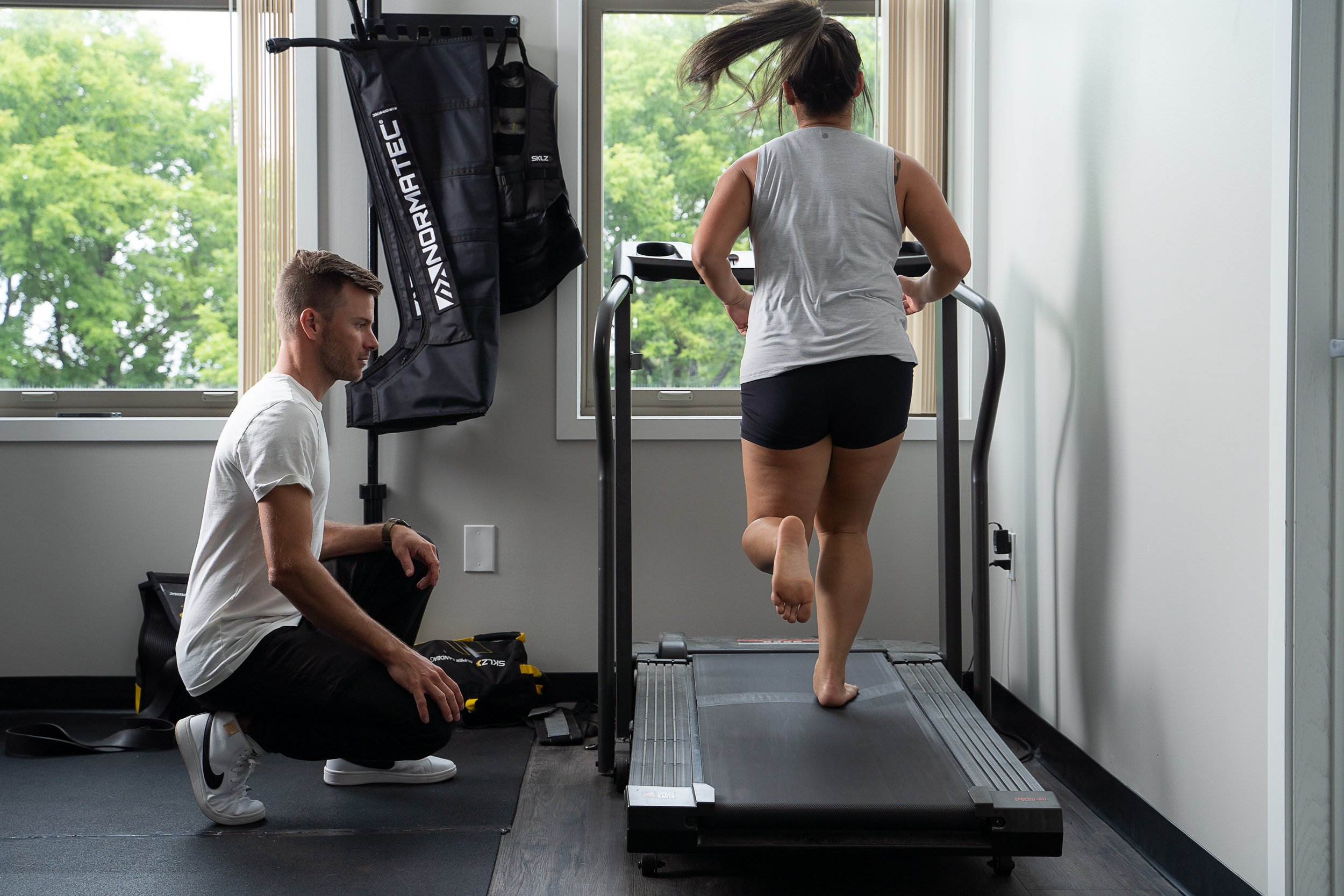Creatine, in the most basic explanation possible, is a native molecule that provides energy to muscles so that they can contract/flex/engage. It comes from amino acids (building blocks of protein) which means you can get it through diet as well as your body producing a certain amount of it for you. There are numerous citations that claim that we do not currently get enough in our diet (average American Diet) which is where supplementation with Creatine Monohydrate comes into play.
Read MoreWhether you’re training for a race or just eager to get back into the groove and enjoy the breeze in your hair - this is when many runners ramp up mileage. And also when a whole bunch of annoying injuries like Runner’s Knee / Pain, Plantar Fasciitis, Shin Splints, or Achilles Tendonitis start creeping in. But don’t worry, we’ve got your back (and your knees, and your shins)!
Read MoreWhile cortisol as a whole is often demonized in health and wellness circles, it’s clear that this hormone plays an essential yet complex role in the body. The key is not to eliminate cortisol but to maintain balance. Good news is that we can train for this! Kind of like the classic Goldilocks and the Three Bears story - we don’t want too little and we don’t want too much - we want jusssst the right amount. And we especially want the right amount at the right time! There are tactics we can explore to push the threshold of tolerance higher (or lower) depending on the individual.
Acute stressors—like exercise, goal-setting, and trying something new—can trigger healthy spikes in cortisol that ultimately benefit the body and mind. However, chronic stress, negative emotions, and poor lifestyle habits can lead to prolonged high cortisol levels, which have detrimental effects on health.
As you probably already know, the providers here at Minnesota Movement are passionate about helping you achieve your goals. Whether that’s getting over an ache or acute pain or planning for the long-term and looking into things like Gait Analysis - we’re here for our runners! But that doesn’t stop at just our recreational weekend runners, 5k aficionados, and marathoners. When it comes to the world of Ultra Marathons - our very own Dr. Mallory is the resident specialist. She recently completed the Superior 50 mile trail race which follows the Superior Hiking Trail from Finland to Lutsen and is eager to help you achieve your goals!
Read MoreAmong the abundance of fads and buzzwords - fiber is high up on that list currently. So let’s dive into what it is, why you need it, and what it does.
Fiber is one of those unsung heroes of nutrition that so often gets overlooked. While most of us know we should eat our fruits and veggies, the significance of something so small like fiber intake can fly under the radar.
Fiber is a type of carbohydrate that the body can't digest. It comes in two forms: soluble and insoluble. Soluble fiber dissolves in water and can help lower blood sugar and cholesterol levels, while insoluble fiber adds bulk to your stool and aids in digestion. Both types are crucial for overall health. Sometimes it can make it easy to picture fiber like glue, it is helping bind things together while picking up other stuff along the way.
In recent years, standing desks have surged in popularity. Touted as a solution to the more sedentary lifestyle that plagues many office workers. As a Sports Chiropractor, we often see the benefits of standing desks in practice and our personal life. However, like any tool, they must be used correctly to reap the full benefits and avoid potential pitfalls. Movement (or postural) variability is key. Standing isn’t necessarily better than sitting.
Read More





